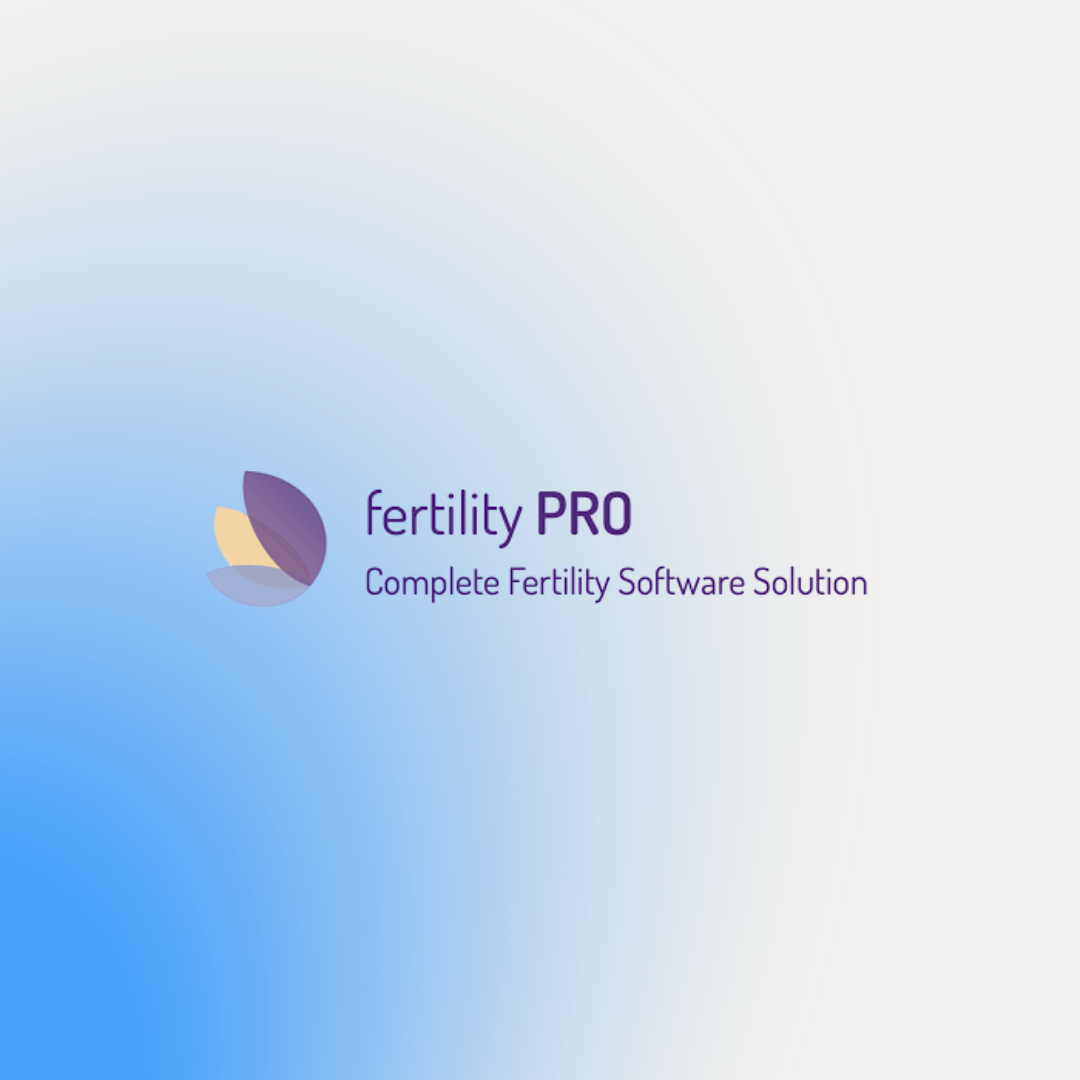PARTNER-EXCLUSIVE ACCESS
Accelerate Your Co-Selling with MissionHQ
Enter your work email to unlock ready-to-use sales playbooks, campaign kits, and demand-gen resources - all designed to help you close more deals, faster with Mission.

Mission Cloud Operate
24/7 CloudOps & Intelligent Observability
Mission Cloud Operate is our "SaaSified" managed services solution for cloud operations, delivering monitoring, 24/7 alert response, and operational maintenance for AWS environments. This solution combines New Relic observability with Mission's AWS expertise to provide comprehensive operational support for customers.
Customers benefit from infrastructure monitoring, incident resolution, and AWS best practices implementation without the operational burden. As an AWS Marketplace offering, Mission Cloud Operate contributes to EDP/PPA burndown while helping customers maintain optimal AWS environments.

MANAGED MONITORING
Gain complete visibility into your AWS environment with a unified monitoring approach and New Relic One
24/7 ALERT REMEDIATION
Our Cloud Ops experts respond to alerts around the clock according to co-developed runbooks and AWS best practices
AI ALERT CORRELATION
Our team leverages AI tooling to quickly identify patterns and correlate related incidents into actionable insights
FINE-TUNED SETUP
We handle the complete lifecycle of configuring and deploying New Relic observability tooling
ONGOING GUIDANCE
Get continuous guidance on AWS best practices and areas for improvement, tailored to your specific environment
HANDS-OFF MAINTENANCE
We take care of routine AWS operational tasks that normally consume valuable time from your engineering team
Comprehensive AWS Observability
Using New Relic One, we monitor your AWS infrastructure and track its changes over time, tune your alerts to ensure the right items get attention, and conduct root cause analysis to enable our team to remediate issues on your behalf.

ISVa Partner
As an ISV Accelerate Partner, our software products, like Mission Cloud Operate, are eligible for the SaaS co-sell benefits.
Marketplace Goal
This product is transacted through AWS Marketplace, helping you retire your quota.
Quota & CSPPA (EDP) Burndown
Mission Cloud Operate is 100% built on AWS and helps customers burndown their cross-service CSPPA (also known as an EDP) commitments through AWS Marketplace consumption.
No Resale or Partner Support
Mission Cloud Operate does not require resale or partner-led support.
More Uptime
Experience improved infrastructure availability, performance, and visibility with Cloud Operate.
Freedom for Strategic Focus
Reduce operational burden, allowing technical teams to concentrate on innovation and business-critical initiatives.
Rapid Incident Response
Benefit from reduced MTTR with accelerated, comprehensive incident resolution following AWS best practices.
Optimized Monitoring Solution
Leverage expert configuration of New Relic with fine-tuned alerting that eliminates noise and improves response.
Total AWS Visibility
Gain comprehensive visibility and control over your AWS environment with Mission's expert guidance.
Scalable, Future-Proof Operations
Ensure long-term, sustainable performance and optimization as your business and AWS footprint grow.
“I need coverage 24/7 365, and Mission's cloud operations keep me functional so that I'm not getting calls at 2:00 AM, and my team isn't panicking when something goes wrong right after close of business. Mission has been such a good partner to us at Playbill. Having an AWS partner as strong as Mission is so important to your business.”
Since we view both AWS and the customers of AWS as our customers, we are committed to doing right by both. To that end, we've built this product so that Account Managers can reach their quota, while the customer gets an ideal procurement process via the AWS marketplace and burndown toward their CSPPA (also known as EDP). We believe that in the best kinds of products, every customer wins:
- AWS fosters the long-term growth of the customer and deepens their investment in the AWS ecosystem
- The customer gets the best possible experience of AWS's capabilities and leverages them to maximum effect
Spend Characteristics
(Hard requirements / Soft requirements)
✓ Minimum AWS Spend: $1,000/mo
✓ Suitable for customers that are resale adverse / cannot do resale (although there's no reason resale friendly customers would be disqualified from Mission Cloud Operate. It's just not driven by resale.)
Situational Characteristics
(Hard requirements / Soft requirements)
✓ Has insufficient response team for operational incident resolution and maintenance
✓ Has critical resources and uptime goals or requirements to meet
✓ Dealing with noisy monitoring or unclear alerting
✓ Experiencing operational hiccups or distractions or outages
✓ Needs help adhering to current AWS operational best practices
✓ Wants unified observability for their full AWS environment
✓ Has a complex or fluid IT environment – frequently deploying new code or scaling rapidly
✓ Needs an on-call team for alert responses
✓ Needs a 24/7 NOC
Shopping For
(Hard requirements / Soft requirements)
✓ Monitoring tooling
✓ A NOC
✓ AI Ops
✓ AWS operational managed services
- What monitoring and observability tooling do you have in place now? What is your team paying the most attention to? Are you monitoring uptime?
- What’s your response when a critical resource goes down overnight? Or even during business hours? Do you have a plan or do you go straight into troubleshooting?
- How confident are you in your team’s ability and availability to respond quickly when an issue arises?
- What are you doing today to manage your cloud operations?
- Who is responsible for the care and feeding of infrastructure? For incident response? Is this the best use of their time? What else could they be doing to drive value to the organization?
- If you have a monitoring and observability tool in place, are your alerts configured with purpose or are you alerting on everything?
-
Marketplace
Offer
-
Email
Nurtures
-
Customer Facing Info Sheet
-
Customer Facing Service Description
-
Customer Facing Webpage
Access Consultative Advice and Hands-On Keyboard Support Directly Through Mission Control
With Engineer Assist, an add-on available through our managed services, customers can submit requests directly through Mission Control to access consultative advice and hands-on keyboard support for their DevOps practices through the activities defined below. The standard initial response time for Engineer Assist requests is 2 business days. The assigned engineer will assess the requested activity and communicate an estimated effort before starting work.
All activities are subject to having the necessary access to AWS environments and codebases included in the request.
%20(1).png?width=1000&height=1000&name=Untitled%20(1000%20x%201000%20px)%20(1).png)
Ready to get started?
Not sure who your account executive is? Contact:
- Nick Geraci, Channel Manager, SUP: ngeraci@missioncloud.com
- Collin Burkhart, Channel Manager, SMB: cburkhart@missioncloud.com
- Matt Forlow, Channel Manager, ENT: mforlow@missioncloud.com
- Stuart Klipp, Manager, Channels & Alliances, sklipp@missioncloud.com
Want to Learn More About Mission?
MissionHQ is your go-to co-selling platform, packed with tailored resources across segments and verticals, designed to make co-selling with Mission easier than ever. Click below to go to your segment's dedicated MissionHQ hub to learn more.
Will I experience downtime during my AWS migration?
This depends on the specifics of the workloads you’re moving, the type of migration you’re doing, and your preferred timeline, but in general we will optimize your cloud migration services to ensure the minimal necessary downtime. Since this is often a concern, this is one of the first items we’ll address when constructing your migration plan and we’ll discuss strategies and mitigations we can employ to minimize the impact on your business.
How much experience does Mission Cloud have with cloud migrations?
Lots. Mission has migrated hundreds of customers to AWS, both from all the providers you’ve heard of and many you haven’t. We’ve been certified by AWS for migrations work with the Migrations Competency, and we are recognized by AWS as the #1 Partner at “recognized revenue” in its Migration Acceleration Program—that means getting workloads onto AWS rapidly and exactly as predicted in our migration plans.
What are the various cloud migration strategies?
- Rehost – Also commonly referred to as “lift-and-shift,” this strategy involves reproducing your current architecture as much as possible. This can be an ideal first phase for some cloud migrations, but is often the least efficient strategy in the long-term.
- Relocate – This strategy is most-common for inter-AWS migrations or replatforming to a cloud version of an application. This often means moving resources between accounts, VPCs, or regions and is common during acquisitions when a new account architecture is necessary.
- Replatform – This strategy takes advantage of AWS-managed services for your workloads, like moving a database to RDS, moving to AWS-specific hardware, like Graviton, or even modernizing OSes and moving to Linux to reduce licensing costs. Replatforming is a great option when you want to preserve a legacy application’s structure while reducing its operational overhead.
- Refactor – Also known as “Re-Architect,” this is about modernizing your applications as you move them to the cloud. Often there can be significant performance and cost wins for re-architecting some or even all of your workloads as part of a migration and engaging with this option is often ideal for cost of ownership.
How do I know which cloud migration strategy to choose?
The truth is, you won’t—not until you’ve accurately assessed your business and cost objectives. Some businesses think they will prefer a simple cloud migration that reproduces their current architecture but discover the inefficiencies aren’t acceptable. That’s why we make assessing your current state and business objectives a part of every engagement—to help you find the combination of optimization, timeline, and cost of ownership that best meets your needs.
How can I minimize downtime during a cloud migration?
This comes down to preparation, planning, and execution. Knowing what you’re attempting to migrate, what critical systems you need to have online, elements of your architecture that depend on a given service’s availability or consistency—all of these elements can create downtime if they’re not appropriately managed. We’ll work with you to identify these critical components of your system and come up with plans to mitigate the effects of a transition and make it as seamless as possible.
How long does a cloud migration take?
The real answer is: it depends on how complex the workload is and the cloud migration strategy. A lift and shift strategy, for example, can be faster than a refactor strategy—but it may also take more tuning and right-sizing to meet your performance and cost objectives. Some migrations take weeks. Some unfold over multiple phases while taking a year or more. But you won’t know the real answer without an accurate assessment of your current environment and objectives for AWS adoption.
.png?width=1203&height=241&name=MissionHQ%20Chiclet%20(1).png)



